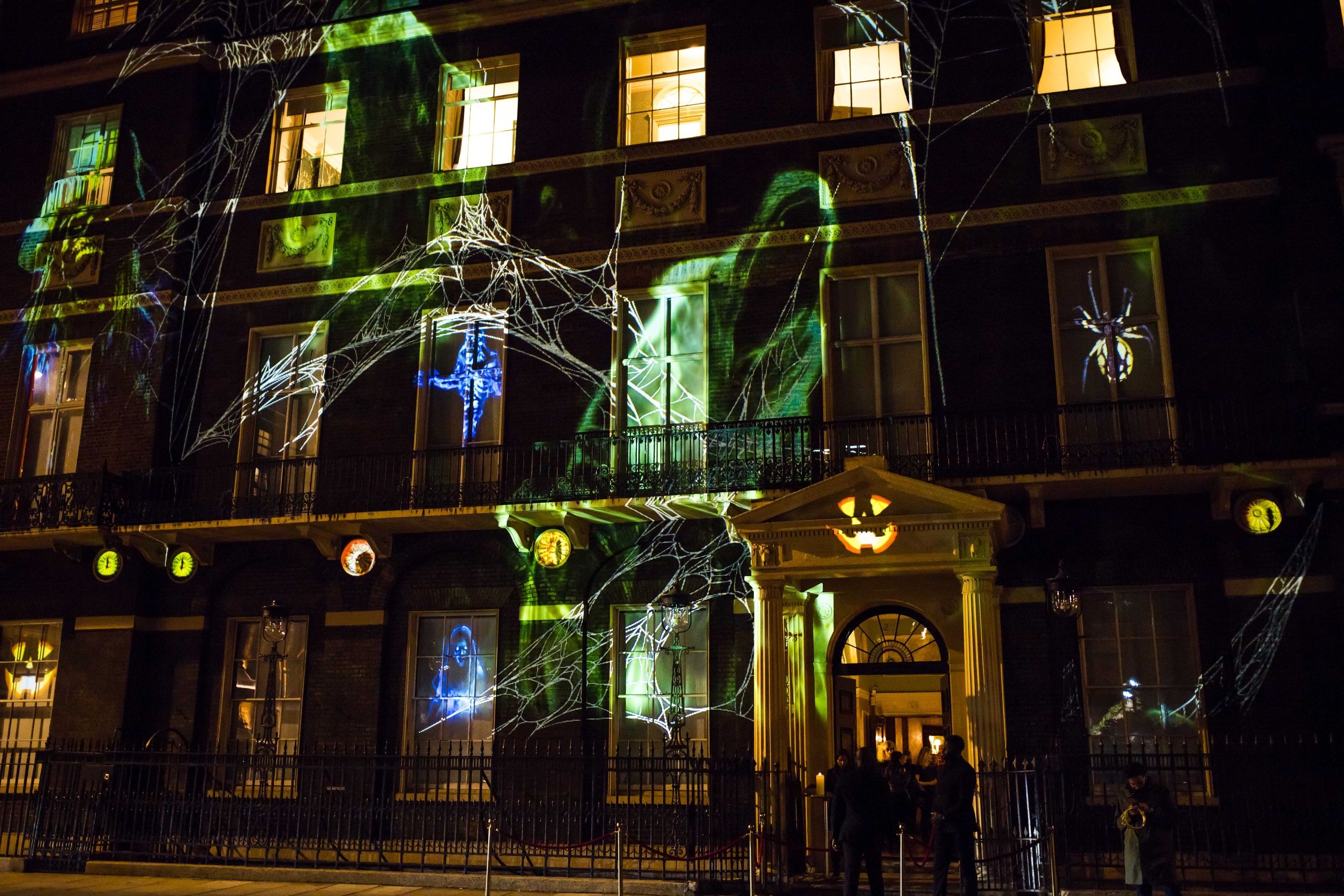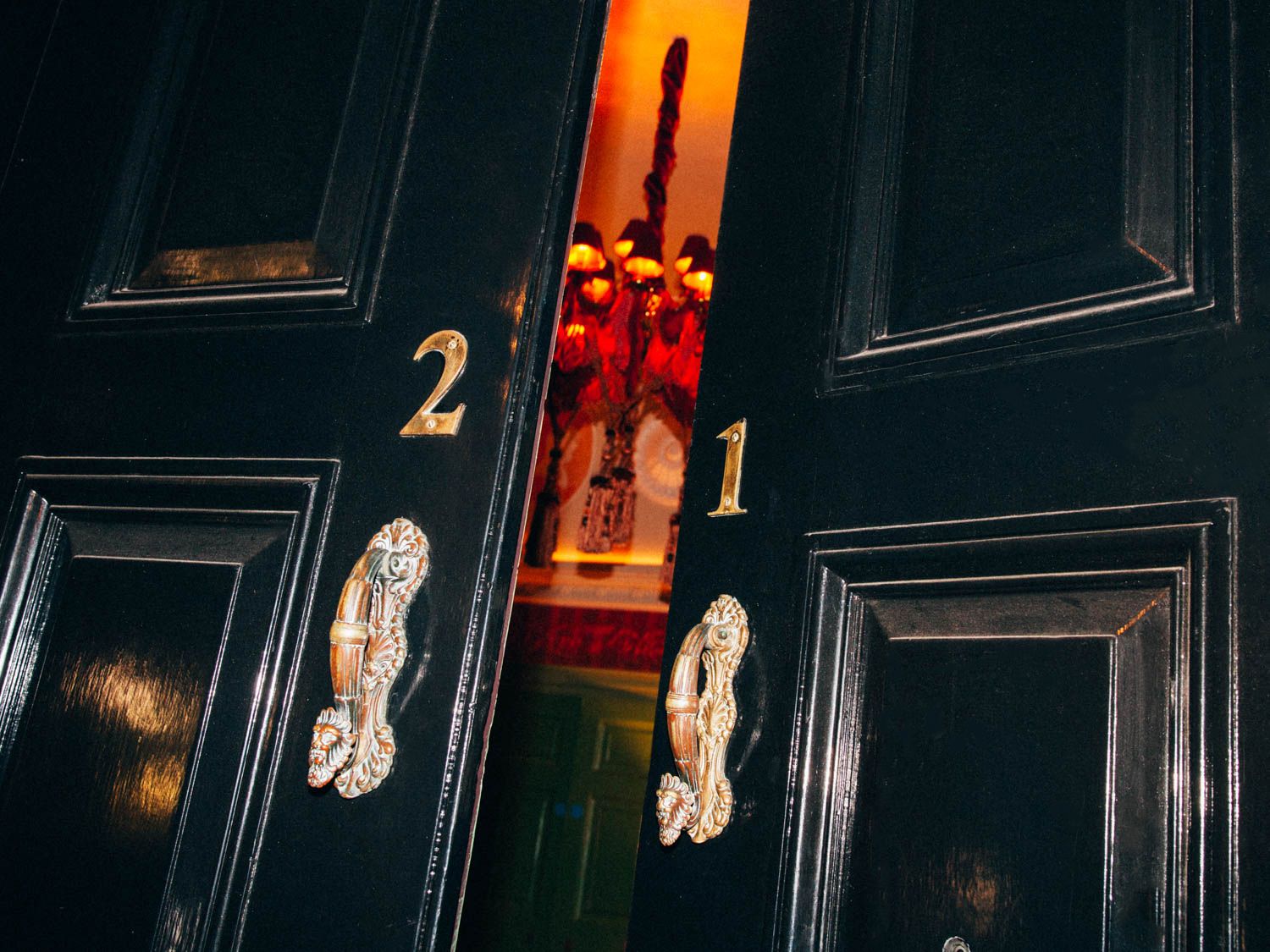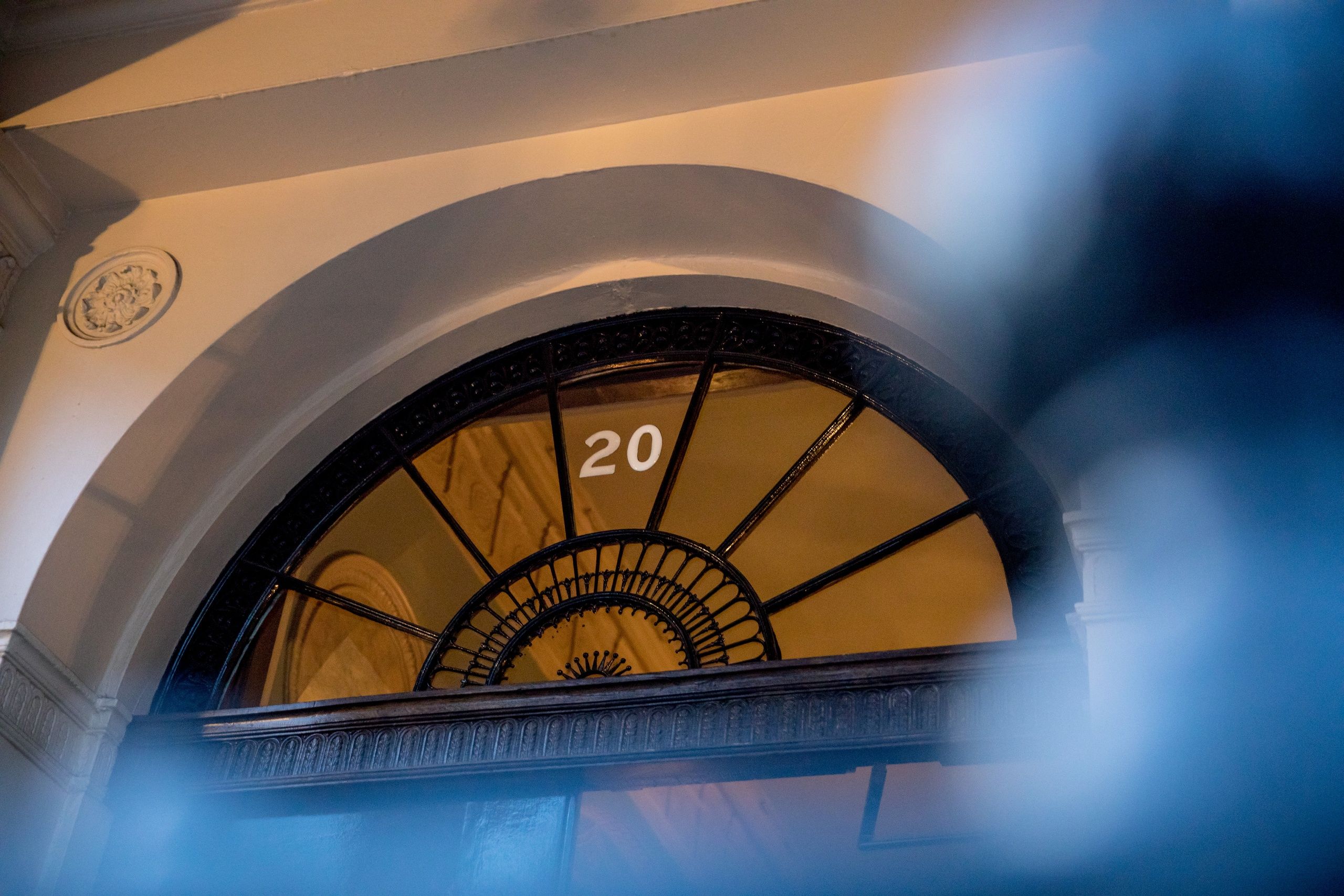N° 21 as it is now known, was originally numbered N° 18 and was changed to N° 21 in 1859.
Originally purchased at Michaelmas 1772 by William Lock who commissioned the building and occupied it from 1778, having taken 6 years to complete under the eye of architect James Wyatt. Lock’s residence at N° 21 came to an unfortunate end in 1780 due to financial difficulties experienced as a result of a £20,000 unpaid loan to a Mr Crockett, a London merchant who consequently committed suicide.
Succeeding occupants ranged from Lord Maynard, followed by Colonel George Clerk, to Hamilton Nisbet and family from 1788 and then Spencer Percival from 1856.
George Hanbury and family became tenants from 1864 for the rest of the 19th century, making structural changes to the building that remain today; most notably the moving of the entrance from Portman Square onto Gloucester Place and the addition of a balustrade on the first floor.




